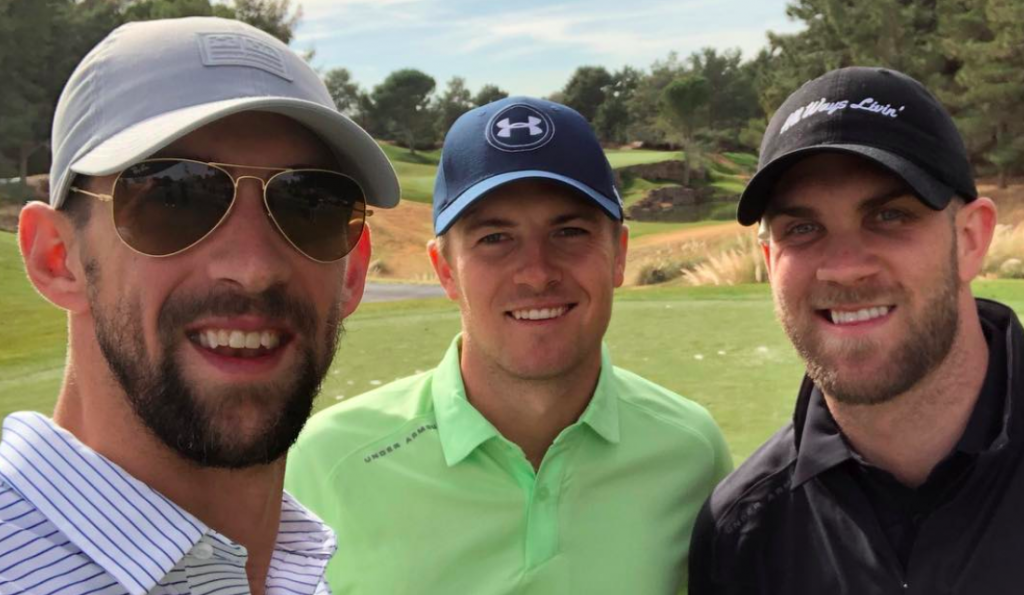According to Under Armour’s just-filed 10K report, future sports marketing commitments fell 13.6 percent at the close of the year, reflecting the company’s overall efforts to reduce its cost structure.
Contractual commitments as of December 31 and through the date the 10K was filed came to $1.17 billion versus $1.36 billion at the same time last year. The company had dramatically been ramping up its sports marketing spend in recent years. Commitments were $858.5 million at the close of its 2015 year and only $392.9 million at the close of 2014.
These include sponsorship agreements with teams and athletes on the collegiate and professional levels, official supplier agreements, athletic event sponsorships and other marketing commitments.
The latest 10K noted that in 2016, Under Armour entered into an agreement to replace Majestic Athletic as the Official On-Field Uniform Supplier, Official Authentic Performance Apparel Partner and Official Connected Fitness Partner of MLB, beginning with the 2019 season. Under Armour will supply on-field uniforms, apparel and accessories to all thirty MLB clubs on an exclusive basis, and is partnering with Fanatics to sell a broad range of MLB licensed merchandise.
Under Armour is an official supplier of footwear and gloves to the NFL, the Official Performance Footwear Supplier of MLB, official headwear and performance apparel provider for the NFL Scouting Combine and the official partner and title sponsor of the NBA Draft Combine, according to the 10K.
The brand’s university deals include: Notre Dame, UCLA, California, Wisconsin, Navy, Auburn, Texas Tech, Maryland, Northwestern and South Carolina. Its marquee athletes include: Steph Curry, Tom Brady, Jordan Spieth, Michael Phelps, Cam Newton, Lindsey Vonn, Bryce Harper, Clayton Kershaw and Misty Copeland.
In a note covering the filing of the 10-K, Jim Duffy, an analyst at Stifel, noted that the decline in sports marketing commitments follows a multi-year trend of commitments outpacing sales growth.
Duffy said the lowered commitments look to have an immediate impact on marketing expense in 2018, or about 60 basis points by Stifel’s estimates, “reflecting new discipline and, perhaps, certain contract terminations.”
Duffy added, “Along with restructuring initiatives expected to generate $75mn run rate savings, we believe lowered commitments underscore capacity for margin improvement.”
Under Armour officials have stressed its commitment to bringing expenses in line with expectations of slowing revenue as part of its restructuring efforts.
In the fourth quarter, SG&A grew 14 percent and represented 41.9 percent of total revenue. Said Kevin Plank, CEO, on Under Armour’s fourth-quarter conference call, “The fact that there is a four in front of this ratio is unacceptable to us and we are working to address it as quickly, efficiently and as brand-right as possible.”
He noted that the 14 percent quarterly increase comes after being up 22 percent in 2016, and an expectation that SG&A will be up at a mid-single digit rate in 2018. Plank added, “In short, it’s very difficult to unpack five years of investing to scale in just five quarters. But, we are completely committed to improving this ratio toward industry best practices.”
The 10K also showed Under Arrmour amended its credit agreement during February 2018 to amend the definition of consolidated EBITDA, and to provide that the company’s trailing four-quarter consolidated leverage ratio may not exceed 3.75 to 1.00 for the four quarters ended June 30, 2018, and 4.00 to 1.00 for the four quarters ended September 30, 3018. Beginning with the four quarters ended December 31, 2018 and thereafter, the consolidated leverage ratio requirement will return to 3.25 to 1.00.
Stifel’s Duffy noted the favorable amendments “give ample headroom to meet measures required in borrowing covenants through 2018. More lenient definitions of EBITDA, total debt and less stringent multiples for 2018 help UA stay on the right side of lenders before improvement in the TTM EBITDA measure. Longer term, we expect margin improvement and cash flow comfortably support terms of the agreement and liquidity needs.”
Photo courtesy Under Armour
















